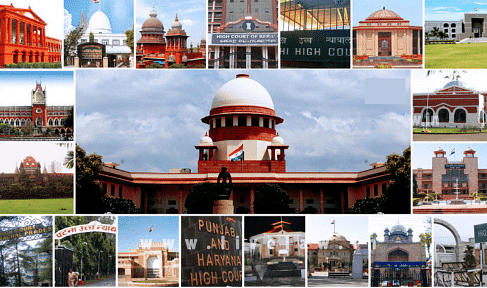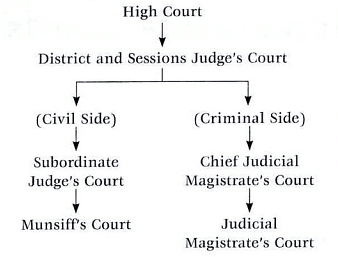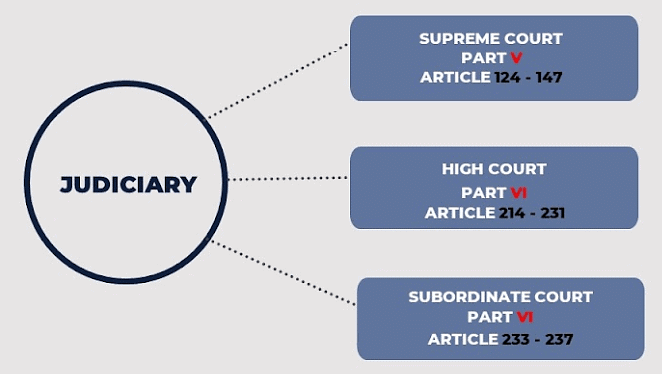Laxmikanth Summary: Subordinate Courts | Indian Polity for UPSC CSE PDF Download
Introduction
Subordinate Courts form a pivotal tier in the Indian judicial system, operating beneath High Courts and managing both civil and criminal cases. Led by the district judge, these courts ensure justice at the local level, with decisions subject to High Court review. This hierarchical structure is essential for candidates seeking a comprehensive understanding of the Indian judiciary.
Constitutional Provisions

District Judges: Articles 233 to 237 in Part VI regulate the appointment, posting, and promotion of district judges by the state governor in consultation with the high court. Eligibility includes seven years of advocacy, a recommendation by the high court, and not being in government service.
Other Judges: The governor, after consulting the State Public Service Commission and the high court, appoints individuals (excluding district judges) to the judicial service of a state.
Control over Subordinate Courts: The high court exercises control over district courts and other subordinate courts, managing postings, promotions, and leaves for those below the district judge's post in the state judicial service.
Interpretation: The term 'district judge' covers various judicial positions, while 'judicial service' refers to a service exclusively for district judges and civil judicial posts below that rank.
Application to Magistrates: The governor may extend the mentioned provisions for individuals in the state judicial service to specific classes of magistrates.
Structure and Jurisdiction
The subordinate judiciary's organization and jurisdiction, determined by individual states, consist of three tiers of courts below the High Court:

- The district judge, holding both civil and criminal jurisdiction, is the highest authority in the district with supervisory powers over lower courts. Appeals against their decisions go to the High Court. Below, the Court of Subordinate Judges handles civil suits, and the Chief Judicial Magistrate decides criminal cases. Metropolitan areas may have city civil courts and metropolitan magistrate courts.

- At a lower level, the Munsiff's Court deals with small civil cases, and the Judicial Magistrate's Court handles less severe criminal cases. Small causes courts in some areas decide low-value civil cases, and certain states have Panchayat Courts for petty civil and criminal matters.
|
171 videos|999 docs|259 tests
|
FAQs on Laxmikanth Summary: Subordinate Courts - Indian Polity for UPSC CSE
| 1. What are the constitutional provisions related to subordinate courts in India? |  |
| 2. What is the structure of subordinate courts in India? |  |
| 3. What is the jurisdiction of subordinate courts in India? |  |
| 4. What is the role of the state government in the functioning of subordinate courts? |  |
| 5. How are district judges appointed in subordinate courts? |  |

















